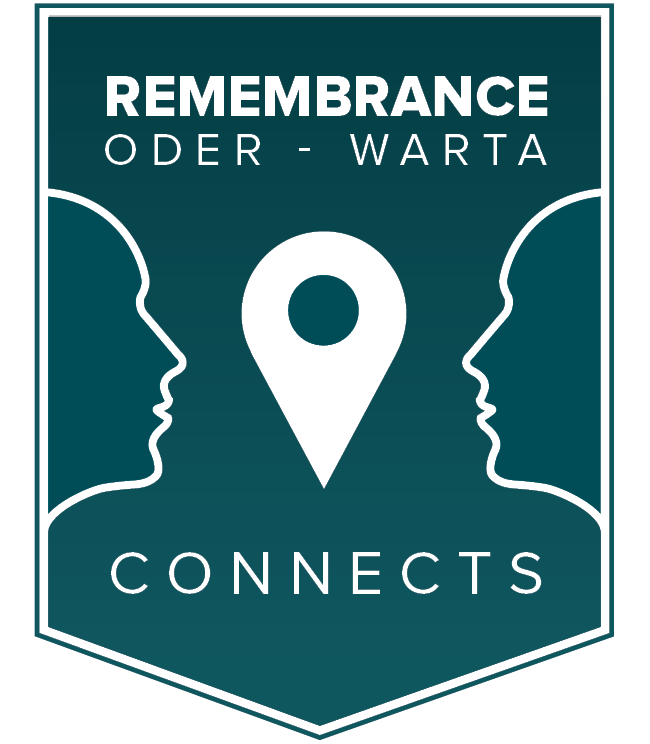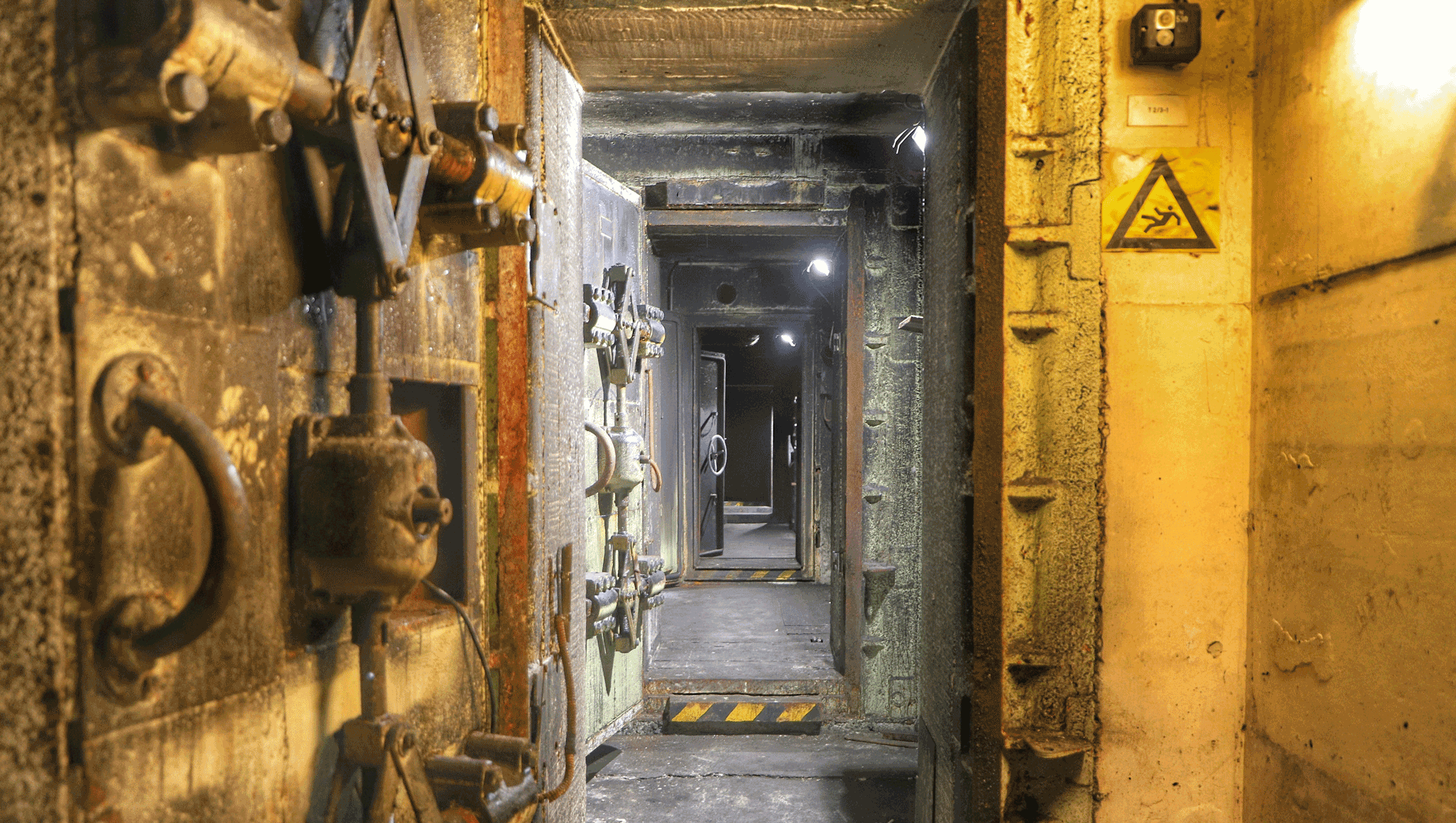At the end of the Second World War, the Oder-Warthe region became a border area between Germany and Poland. The previously shared history experienced an almost complete reboot due to the radical population exchange east of the Oder. The forcibly migrated population of the former eastern Poland brought their own history, culture and language with them, which created a language barrier in addition to the new physical border.
Cultures of remembrance began to develop separately from one another, characterised by the narratives of the victorious powers, which still exist today. Two fundamentally different ideologies (capitalism / socialism) became entrenched on German soil (FRG/West Berlin and GDR) and almost escalated into the Cold War. The way the Second World War was dealt with in the FRG, the GDR and the People's Republic of Poland in the form of memorials and public holidays, school lessons, war memorials, war cemeteries and museums was also influenced by ideology.
The Oder-Warthe region first had to find its way into this mixed situation and thus wrote a new history. In the course of the Cold War, military, civilian and government bunker facilities were built to protect against nuclear strikes and to coordinate and execute them. Once again, a network of facilities emerged to control the population and secure the communist dictatorship, e.g. youth detention centres and work yards, military prisons and state security sites.
Our recommendation for a 2-day educational tour takes you back to the Cold War era, which was characterised by fear of nuclear strikes, the nuclear arms race, provocation and mistrust. Underground bunkers with former interception and telecommunications stations as well as first and second strike scenarios impressively demonstrate the calculations and madness of the Cold War.
"Seewerk" Falkenhagen: from Nazi production bunker to Warsaw Pact command post
An armaments plant built by the National Socialists from the end of the 1930s with the camouflage designation "Seewerk" was developed into one of the most secret locations of the Soviet army in the GDR after the end of the Second World War. In the 1970s at the latest, it was converted into a command post of great military importance. In the event of a military escalation with NATO troops, various units of the Soviet Army and liaison officers from all the relevant Warsaw Pact countries would have moved into Falkenhagen.
Object 3003: Soviet missile base for the nuclear strike against NATO
In 1970, 3 bunker complexes were completed in Poland, which were equipped with a total of 178 nuclear warheads from the mid-1980s. Object 3003 in the forest near Templewo was one of the three secret complexes that were kept in operation under the protection and command of Soviet special forces. After the collapse of the Soviet Union in 1991, the bunker was emptied and abandoned by the Russian army in 1992.
Bunker Museum Fuchsbau
The eventful history of the underground intelligence centre stretches from the National Socialists to the command of the NVA air force and the Bundeswehr. Originally intended for demolition, the GDR reactivated the historic bunker in 1965 and added a new underground building as the Central Command Post 14 (ZGS-14). After German reunification, the bunker was briefly used by the Bundeswehr, which ended in 1994 when the site was closed and the bunker was sealed.
Garzau bunker heritage site
Between 1972 and 1975, the NVA's Organisation and Computer Centre (ORZ) was built near Garzau. In the nuclear bomb-proof underground, all relevant data on the state of the army was collated on a mainframe computer as part of daily reports on strength, stocks and incidents from all three branches of the NVA. The ORZ made the data available to the Ministry of National Defence (MfNV) based in Strausberg and thus functioned as an "operational information system for the staff".
Object 17/201 Strausberg: Formerly a nuclear-safe intelligence centre, now a cultural bunker
When the NVA was founded in 1956, a Nazi-era barracks in Strausberg was designated as the headquarters of the Ministry of National Defence. From the end of the 1970s, "Object 17/201 - Command Centre of the Central Staff of the German Postal Service in Strausberg" was built. Hidden from the public, one of the most important and modern bunker facilities in the GDR was built here. Since 2019, the bunker with its more than 200 rooms has gradually been converted into the "Kulturbunker Strausberg".








Leave a Reply